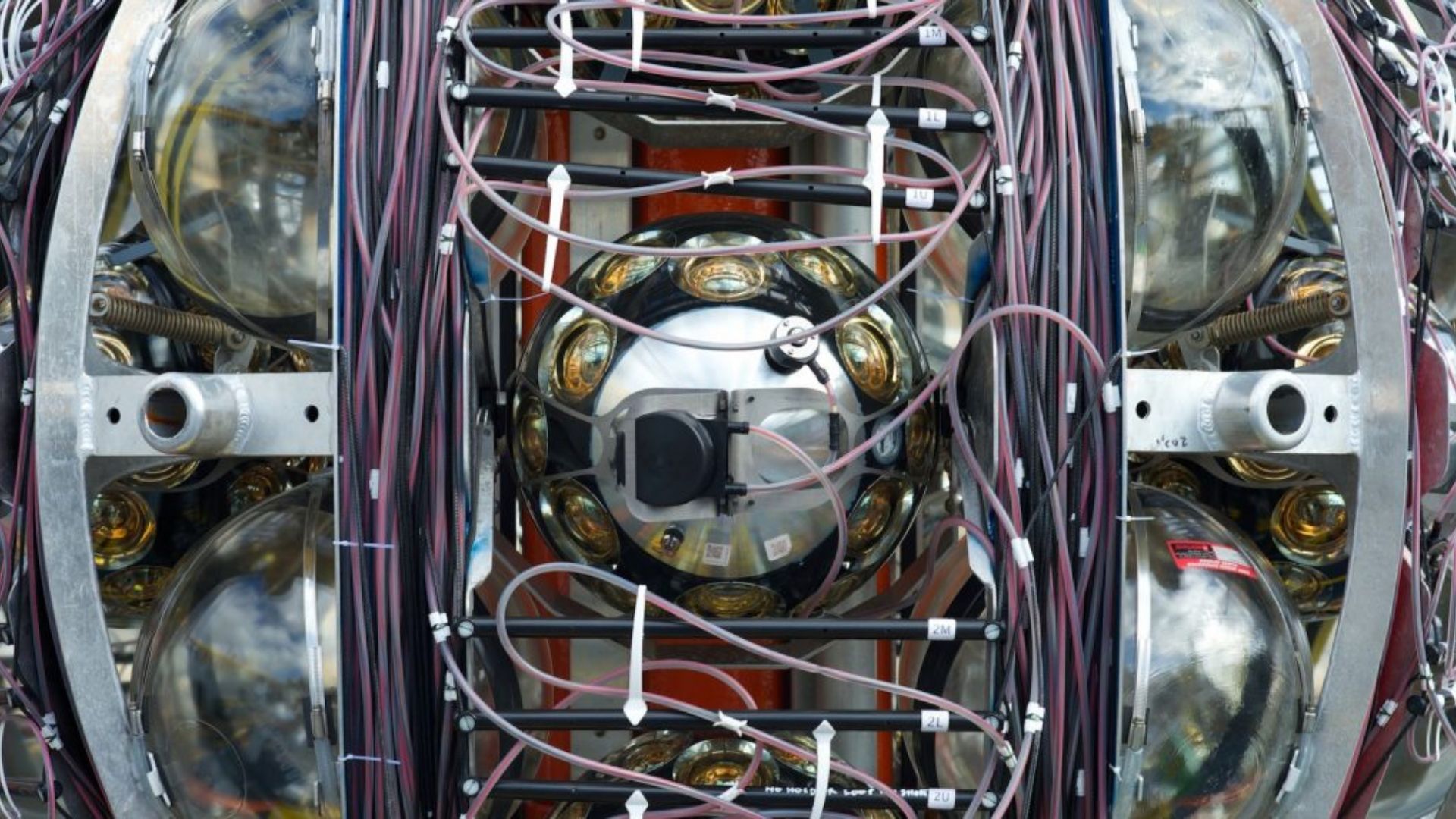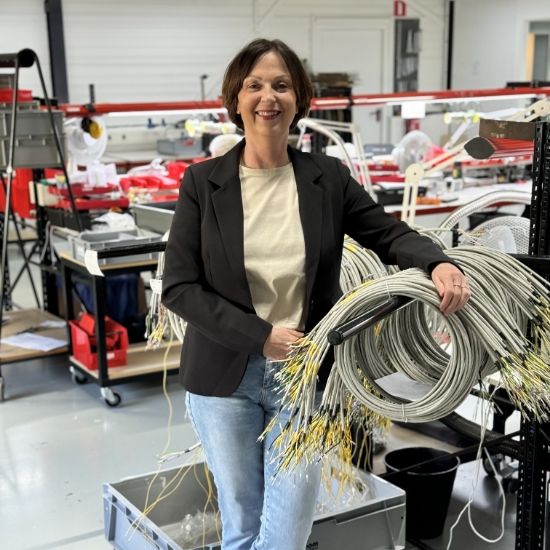Three years ago we were approached by Nikhef, simply with an e-mail. If we could build something for them. “Bring it on”, we said, not quite knowing what to expect.
After a lot of trial and error due to difficult details for prototypes, it’s now time to actually start producing, knowing that in spite of everything, this project will fall down into the water. In water kilometres deep, at the bottom of the Mediterranean.

Unique project
As specialists in designing and assembling high quality copper cables, fibre optic cables and modules, we do not shy away from these kinds of challenges. In fact, we love it, but this one is very unique. We help Nikhef (National Institute for Subatomic Physics) to develop and produce cables for a super-telescope that can detect neutron particles. These particles can tell us more about the origin of the universe, the Big Bang and other phenomena such as black holes.
This super-telescope KM3NeT consists of a network of cables and balls with detectors and will be placed at a depth of 3 to 5 kilometres below the water surface. It has a size of one cubic kilometre, hence the name. Because of the great scientific importance, the project is closely followed by scientists worldwide.

Special cabels
For KM3NeT we produce tubes of 40 meters in length with power cables and optical fibres. Several of these tubes are connected together to form long cables with a branch point at each coupling. Because of the risk that the vulnerable optical fibres will break during the production process, the materials used and the production process are unique, just like the project itself. Nothing really stands for this project. Nothing is common with this project. See more at Downgoing Munons in KM3NeT/ORCA6.

Extreme conditions
In order to withstand the extreme conditions in the depth of the sea, the cables and connections must be of high quality and extremely reliable. They must be resistant to high pressure, flow, salt and collisions with sub-sea animals.
That’s not something you do just like that, but where others say something is not possible, we continue. We have succeeded again.
Vijf nieuwe units
Onlangs verzorgde MCAP de kabels voor vijf nieuwe units voor de neutrino telescoop KM3NeT/ARCA. Inmiddels zijn de units op 80 kilometer van de kust, op 3500 meter diepte geplaatst en in bedrijf. In totaal zijn er nu zes detectie-units operationeel voor de ARCA-telescoop. De ORCA-telescoop beschikte al over zes units, waardoor het KM3NeT neutrino-observatory nu een vergelijkbare gevoeligheid heeft als zijn voorganger, de ANTARES neutrinotelescoop. Eenmaal voltooid, vormt de KM3NeT/ARCA-detector een reeks van meer dan tweehonderd detectie-units. Elk van deze 700 meter hoge constructies zal dan bestaan uit 18 modules die zijn uitgerust met ultragevoelige lichtsensoren die de zwakke lichtflitsen registreren die neutrino-interacties op grote diepte van de Middellandse Zee genereren.
Call me back
Wondering if we can do something for you? Leave your details here and we will call you back as soon as possible. Of course, you could also fill in the contact form.


